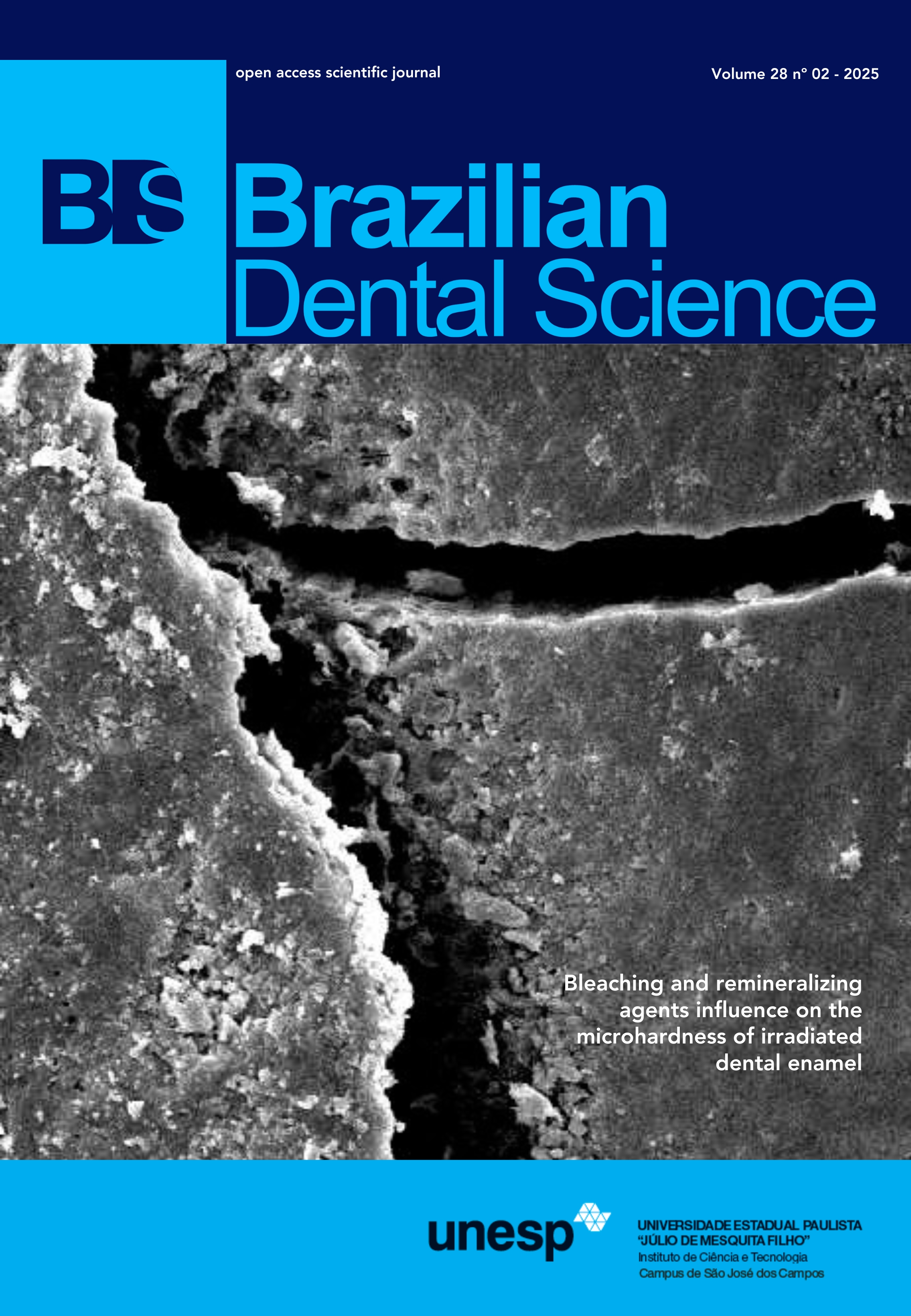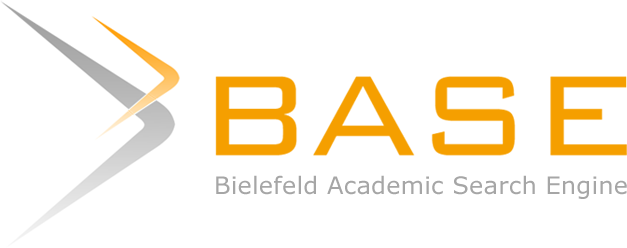Early enamel affected lesions: benefits and limitations of simplified resin techniques
DOI:
https://doi.org/10.4322/bds.2025.e4549Abstract
Objectives: Advances in the early diagnosis and detection of enamel lesions have led to the development of commercially available adhesive resin-based systems designed to enable smart and minimally invasive treatment strategies. These systems are particularly valuable when the exclusive management of etiological factors and/or remineralization is insufficient or no longer effective. In addition to their management, carious lesions invoke strategies aimed at filling the subsurface porosities, whereas erosive tooth wear (ETW) requires the application of external protective measures that serve as a mechanical barrier to mitigate the effects of acidic attacks. Case Report: The present article presents two case reports involving young patients treated with simplified techniques, either with resin infiltration to recover white spot lesions caused by caries or ion-enriched systems to protect the external surfaces affected by ETW. Effective, reliable, and long-term outcomes depend on a thorough comprehension of dental surface alterations which guides the appropriate selection and use of simplified and conservative resin materials. Conclusion: The integration of early diagnosis with minimally invasive procedures, supported by a person-centered care approach, has demonstrated long-lasting and successful clinical outcomes.
KEYWORDS
Dental caries; Early diagnosis; Resin infiltrant; S-PRG particle; Tooth erosion.
Downloads
Published
How to Cite
Issue
Section
License
Copyright (c) 2025 Brazilian Dental Science

This work is licensed under a Creative Commons Attribution 4.0 International License.
Brazilian Dental Science uses the Creative Commons (CC-BY 4.0) license, thus preserving the integrity of articles in an open access environment. The journal allows the author to retain publishing rights without restrictions.
=================




























